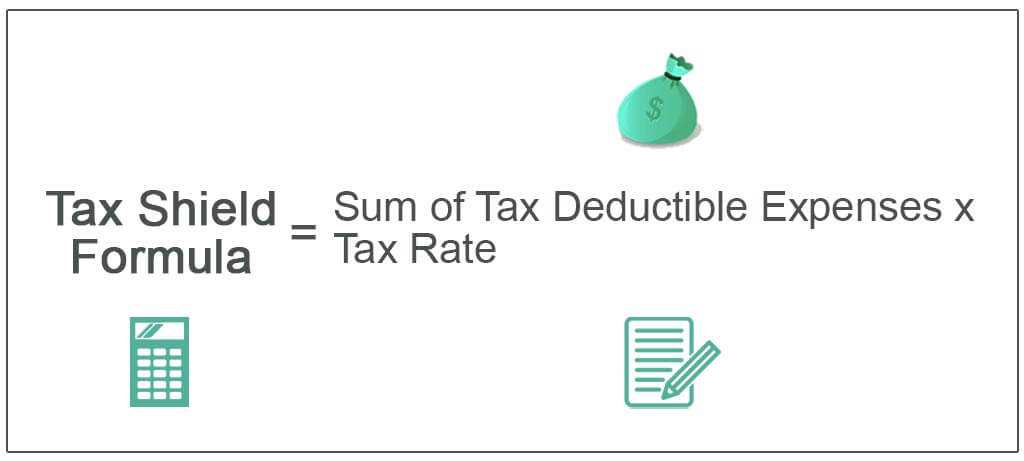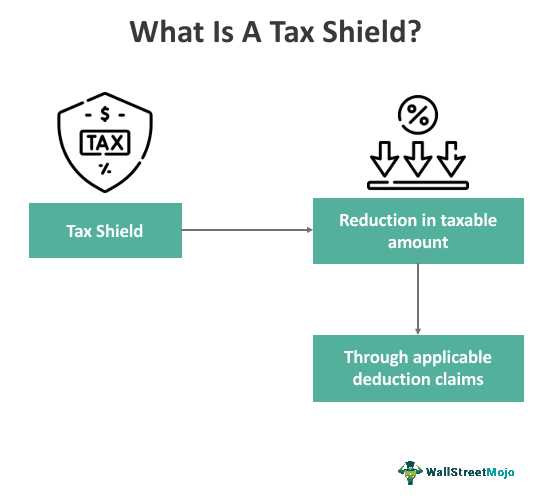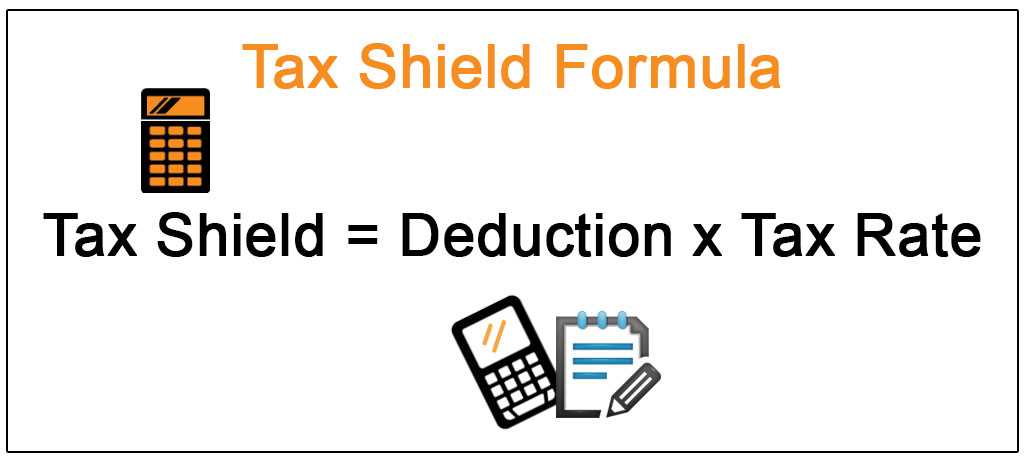Tax Shield: Definition and Importance

A tax shield refers to any deduction, credit, or exemption that reduces an individual or company’s taxable income. It is an important concept in the field of taxation and can have significant implications for financial planning and decision-making.
When a tax shield is utilized, it effectively lowers the amount of income that is subject to taxation. This reduction in taxable income can result in a lower tax liability, leading to potential savings for individuals and businesses. By taking advantage of various tax deductions and credits, taxpayers can legally minimize their tax obligations and retain more of their earnings.
The importance of tax shields cannot be overstated, especially for businesses. By strategically utilizing tax deductions and credits, companies can reduce their overall tax burden and increase their profitability. This can free up additional funds that can be reinvested in the business, used for expansion, or distributed to shareholders.
Furthermore, tax shields can also play a role in investment decisions. When evaluating potential investments, individuals and companies often consider the after-tax returns. By factoring in the potential tax savings from utilizing tax shields, investors can make more informed decisions and potentially achieve higher after-tax returns.
It is important to note that tax shields should be used in accordance with the tax laws and regulations of the relevant jurisdiction. Engaging in illegal or unethical tax practices can result in severe penalties and legal consequences. It is advisable to consult with a qualified tax professional or accountant to ensure compliance with the applicable tax laws.
What is a Tax Shield?

A tax shield refers to any deduction, credit, or exemption that reduces a taxpayer’s taxable income. It is a legitimate way for individuals and businesses to minimize their tax liability and maximize their after-tax income. By taking advantage of various tax deductions and credits, taxpayers can lower their taxable income, which in turn reduces the amount of taxes they owe to the government.
There are several types of tax shields that individuals and businesses can utilize. Some common examples include deductions for mortgage interest, charitable contributions, business expenses, and depreciation of assets. These deductions can significantly reduce a taxpayer’s taxable income, resulting in lower tax liability.
For businesses, tax shields can be particularly valuable. By deducting business expenses such as salaries, rent, and utilities, companies can lower their taxable income and retain more of their earnings. Additionally, businesses can take advantage of tax credits for activities such as research and development, renewable energy investments, and hiring certain types of employees.
It is important to note that tax shields are legal and encouraged by the government. They are designed to incentivize certain behaviors and provide relief to taxpayers. However, it is crucial for individuals and businesses to understand and comply with tax laws and regulations to ensure that they are utilizing tax shields correctly and within the boundaries of the law.
Formula for Calculating Tax Shield
Calculating the tax shield involves a simple formula that takes into account the tax rate and the value of the tax-deductible expense. The formula is as follows:
Tax Shield = Tax Rate x Tax-Deductible Expense
The tax rate is the percentage of income that is paid in taxes, while the tax-deductible expense is any expense that can be deducted from taxable income. By multiplying these two values together, you can determine the amount of tax savings that can be achieved through the tax shield.
For example, let’s say a company has a tax rate of 30% and incurs a tax-deductible expense of $10,000. To calculate the tax shield, you would multiply the tax rate (0.30) by the tax-deductible expense ($10,000), resulting in a tax shield of $3,000.
The tax shield can be a valuable tool for businesses and individuals looking to reduce their tax liability. By taking advantage of tax-deductible expenses, they can lower their taxable income and ultimately pay less in taxes. It is important to note, however, that not all expenses are tax-deductible, so it is essential to consult with a tax professional or refer to the tax code to determine which expenses qualify for the tax shield.
Example of Tax Shield Calculation

Let’s consider an example to understand how tax shield is calculated. Suppose a company has an annual income of $1,000,000 and is subject to a corporate tax rate of 30%. The company also has $200,000 in deductible expenses, such as interest payments on loans.
Tax Shield = Deductible Expenses x Tax Rate
Substituting the values from our example:
Tax Shield = $200,000 x 30% = $60,000
This means that the company can reduce its tax liability by $60,000 due to the deductible expenses. In other words, the tax shield provides a shield or protection against taxes, allowing the company to lower its overall tax burden.
The tax shield can have a significant impact on a company’s financial performance. By utilizing deductible expenses, companies can reduce their taxable income and increase their after-tax profits. This can result in higher cash flows and improved financial stability.

Emily Bibb simplifies finance through bestselling books and articles, bridging complex concepts for everyday understanding. Engaging audiences via social media, she shares insights for financial success. Active in seminars and philanthropy, Bibb aims to create a more financially informed society, driven by her passion for empowering others.
